Synthetic Division Worksheet
If you're searching for a helpful resource to practice and improve your skills in synthetic division, you've come to the right place. This blog post will introduce you to a synthetic division worksheet that is designed to assist individuals who are looking to enhance their understanding of this mathematical technique.
Table of Images 👆
- High School Math Worksheets Printable
- Synthetic Long Division Worksheet
- Synthetic Division Answer
- Synthetic Division Calculator
- Polynomial Long Division Worksheet
- Gingerbread Math Worksheet
- Real Life Examples Quadratic Formula
- Dividing Polynomials Long Division Worksheet
- Solving Polynomials Worksheet
- Multiplying Polynomials Worksheet Answer Key
More Other Worksheets
Kindergarten Worksheet My RoomSpanish Verb Worksheets
Cooking Vocabulary Worksheet
DNA Code Worksheet
Meiosis Worksheet Answer Key
Art Handouts and Worksheets
7 Elements of Art Worksheets
All Amendment Worksheet
Symmetry Art Worksheets
Daily Meal Planning Worksheet
What is synthetic division?
Synthetic division is a method used to divide a polynomial by a linear binomial of the form x - a. It is a more efficient and straightforward way to perform polynomial division compared to traditional long division, especially when dividing by linear factors. It involves a series of arithmetic operations that simplify the division process and provide the quotient and remainder of the division.
How is synthetic division used to divide polynomials?
Synthetic division is a handy shortcut method to divide polynomials by linear polynomials. It involves utilizing the coefficients of the dividend polynomial and the root of the divisor polynomial to systematically perform division without explicitly writing out the variables. By repeatedly calculating and moving down the coefficients, synthetic division allows for quicker and more straightforward polynomial division computations compared to the traditional long division method.
What are the steps involved in performing synthetic division?
To perform synthetic division, the steps involve first writing the coefficients of the polynomial dividend, including placeholders for any missing exponents. Next, identify the divisor and set it outside a synthetic division box. We then bring down the first coefficient, multiply it by the divisor, and write the result under the next coefficient. This process continues, with the result being added and written under the following coefficient until all coefficients are processed. The final row of numbers will be the coefficients of the quotient, with the last number being the remainder.
Can synthetic division be used to find both the quotient and remainder of a polynomial division?
Yes, synthetic division can be used to find both the quotient and remainder of a polynomial division. The quotient is the numbers in the last row of the synthetic division grid, and the remainder is the constant in the second-to-last row. By using synthetic division, you can efficiently divide polynomials and determine both the quotient and remainder in one step.
Is synthetic division only applicable when dividing by linear factors?
Yes, synthetic division is typically used for dividing polynomials by linear factors, which are polynomials of degree 1. It can also be used for dividing by quadratic factors, which are polynomials of degree 2, but it becomes more complex and less commonly used in those cases. Synthetic division is a quicker and more simplified method for dividing by linear factors compared to long division.
What is the advantage of using synthetic division instead of long division?
The advantage of using synthetic division over long division is that it is a quicker and more efficient method for dividing polynomials by linear factors. It simplifies the division process by avoiding the need for writing out the full polynomial equation, making it easier to work with and less prone to errors. Additionally, synthetic division can be easier to grasp and perform for individuals who are less familiar with long division techniques.
How is synthetic division related to the factor theorem?
Synthetic division is a tool used to divide polynomials by a linear factor. The factor theorem states that a polynomial has a factor of (x - r) if and only if the polynomial evaluates to zero when r is substituted for x. Therefore, synthetic division allows us to test if a given value of r is a factor of a polynomial by checking if the remainder of the division is zero, providing a quick and efficient way to apply the factor theorem.
Can synthetic division be used to factorize polynomials?
No, synthetic division is a method used to divide a polynomial by a binomial of the form (x - c) to find the quotient and remainder, but it is not used for factorizing polynomials. Factorizing polynomials involves finding the factors of a polynomial expression by breaking it down into its simpler components, such as factors that are in the form of (x - a) or quadratic factors. Synthetic division is primarily a tool for polynomial division, not factorization.
Are there any limitations to using synthetic division?
Yes, one limitation of synthetic division is that it can only be used when dividing by a linear binomial (a polynomial of degree 1). It does not work for dividing by polynomials of higher degrees or when the divisor is not a linear term. Additionally, synthetic division cannot be used when there are any missing terms in the polynomial.
What are some real-world applications of synthetic division in various fields?
Synthetic division is commonly used in mathematics, particularly in algebra, to divide polynomials and factorize expressions efficiently. Real-world applications of synthetic division include solving engineering problems involving electrical circuits, control systems, and signal processing, as well as in finance for calculating interest rates, predicting stock market trends, and analyzing data sets in statistics. Additionally, synthetic division is used in computer science for error detection and correction in data transmission and storage, cryptography for encoding and decoding messages, and in physics for solving problems related to motion, waves, and fluid dynamics.
Have something to share?
Who is Worksheeto?
At Worksheeto, we are committed to delivering an extensive and varied portfolio of superior quality worksheets, designed to address the educational demands of students, educators, and parents.

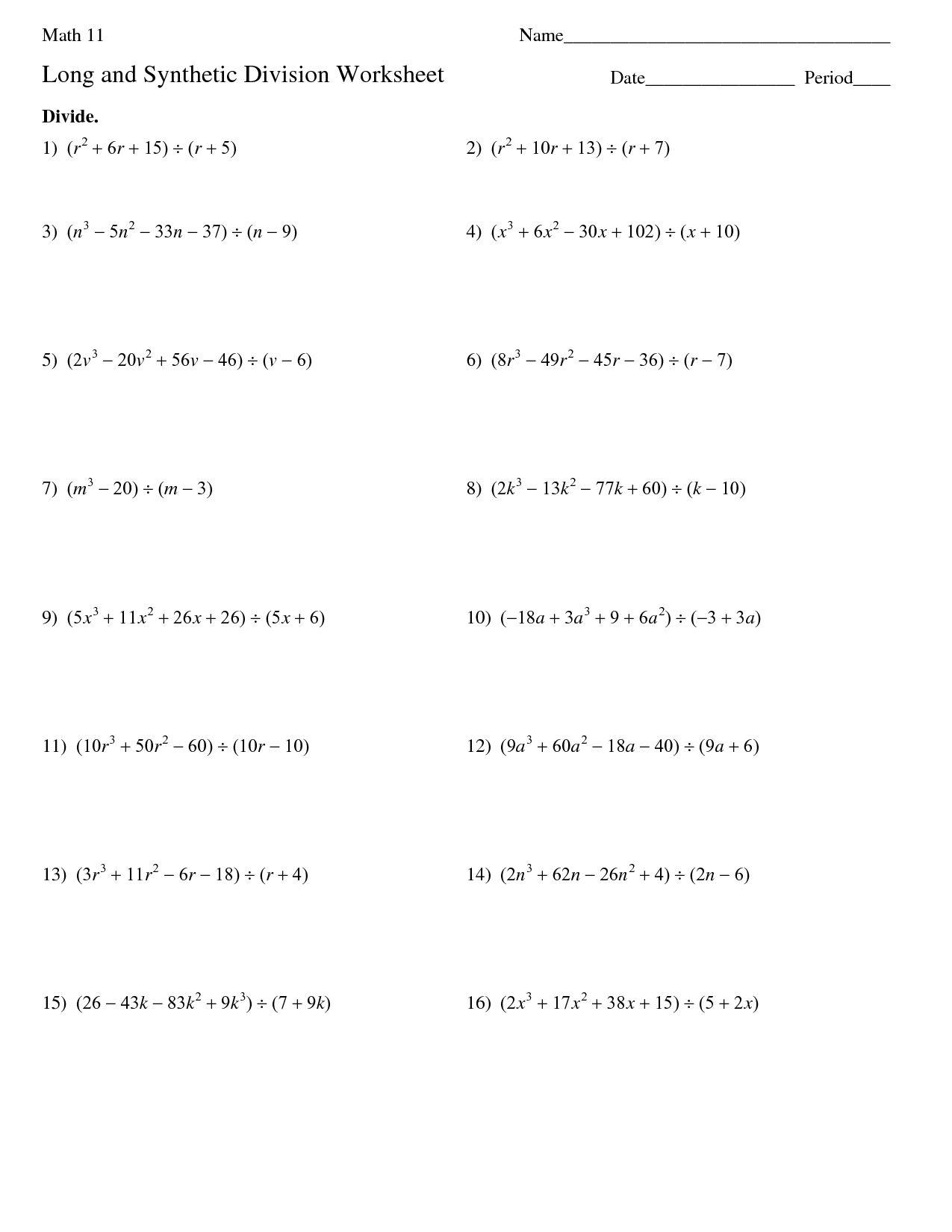



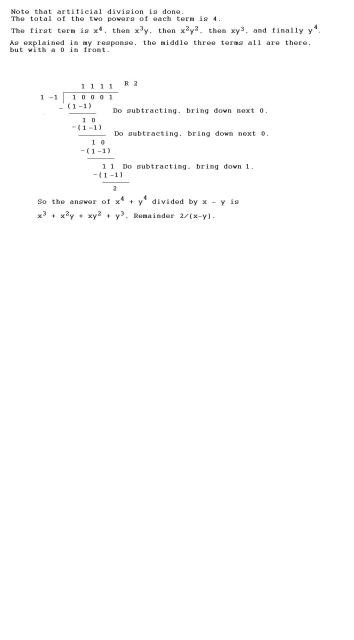
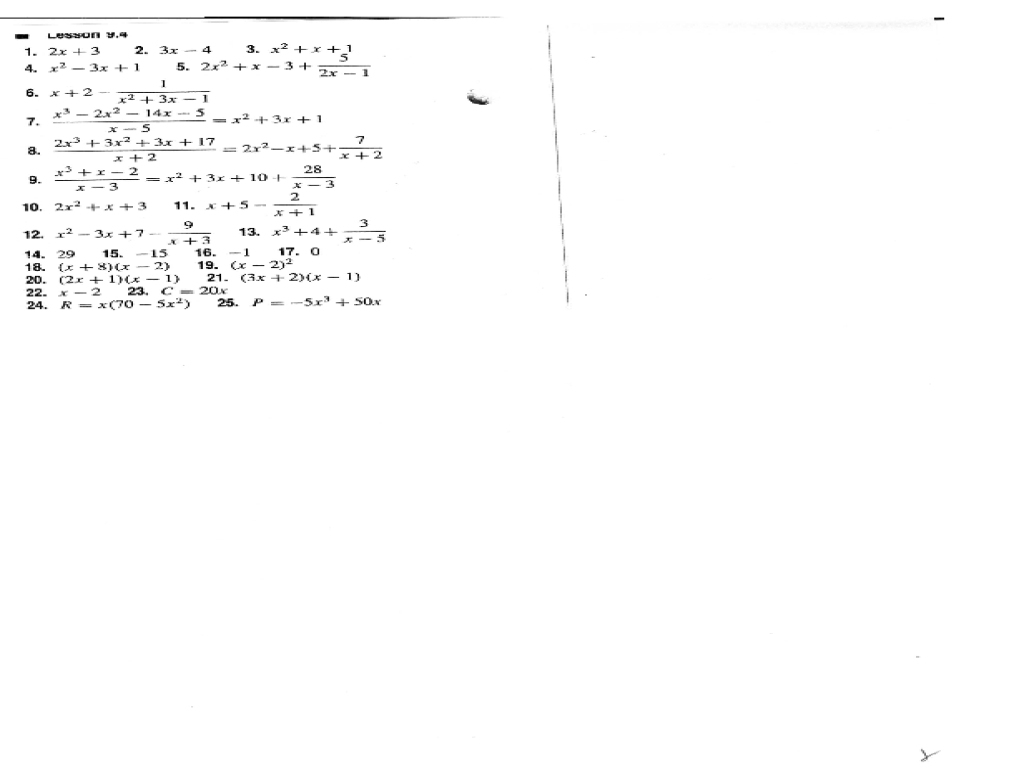
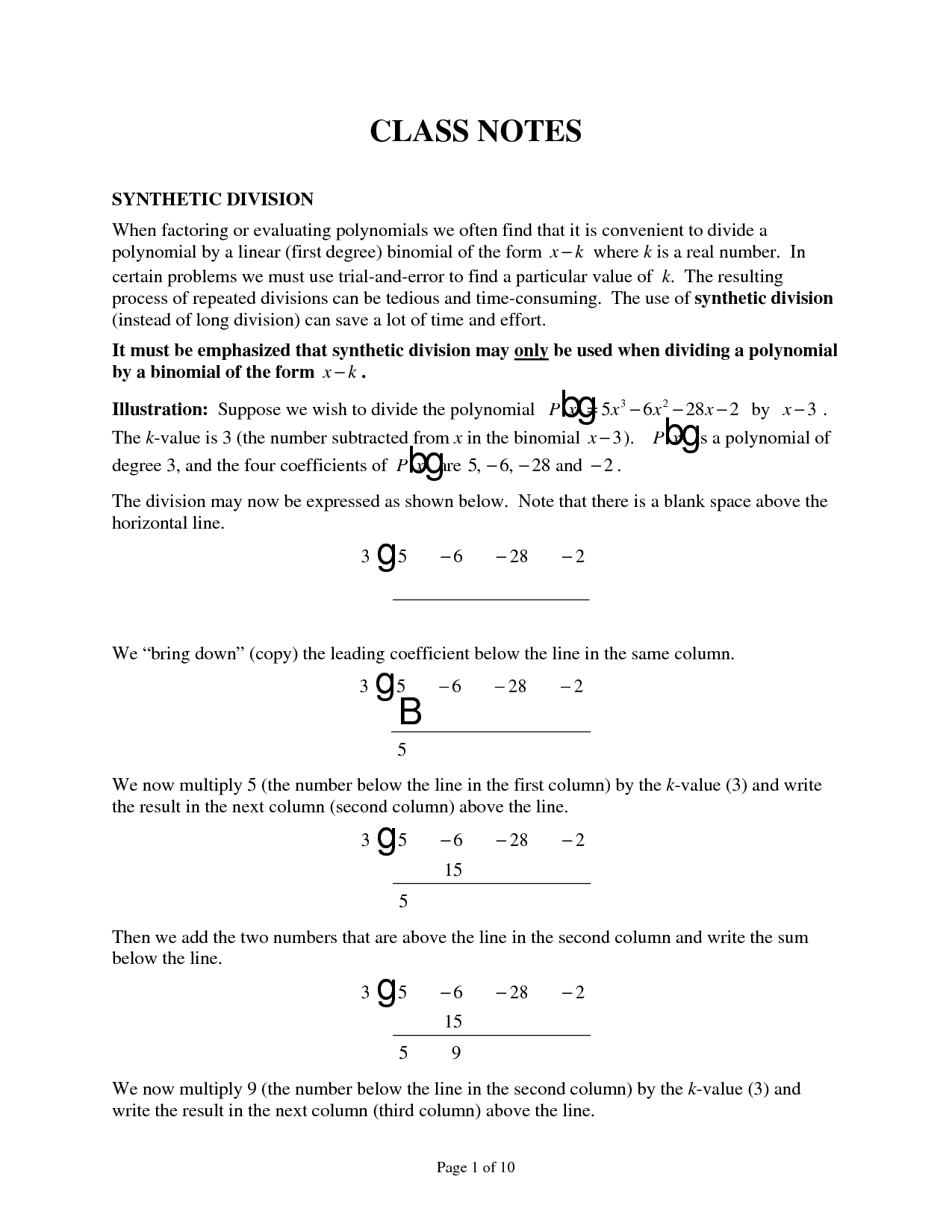
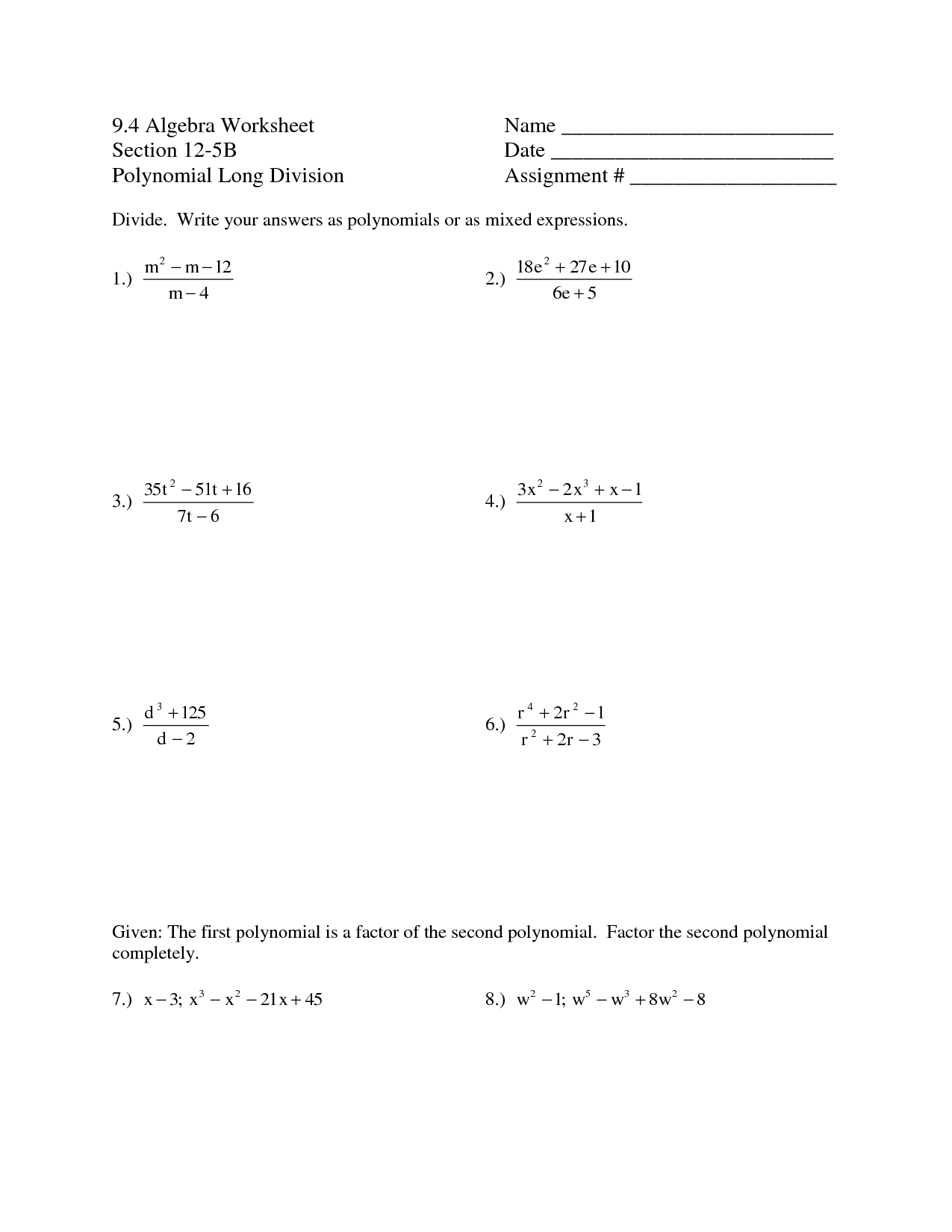
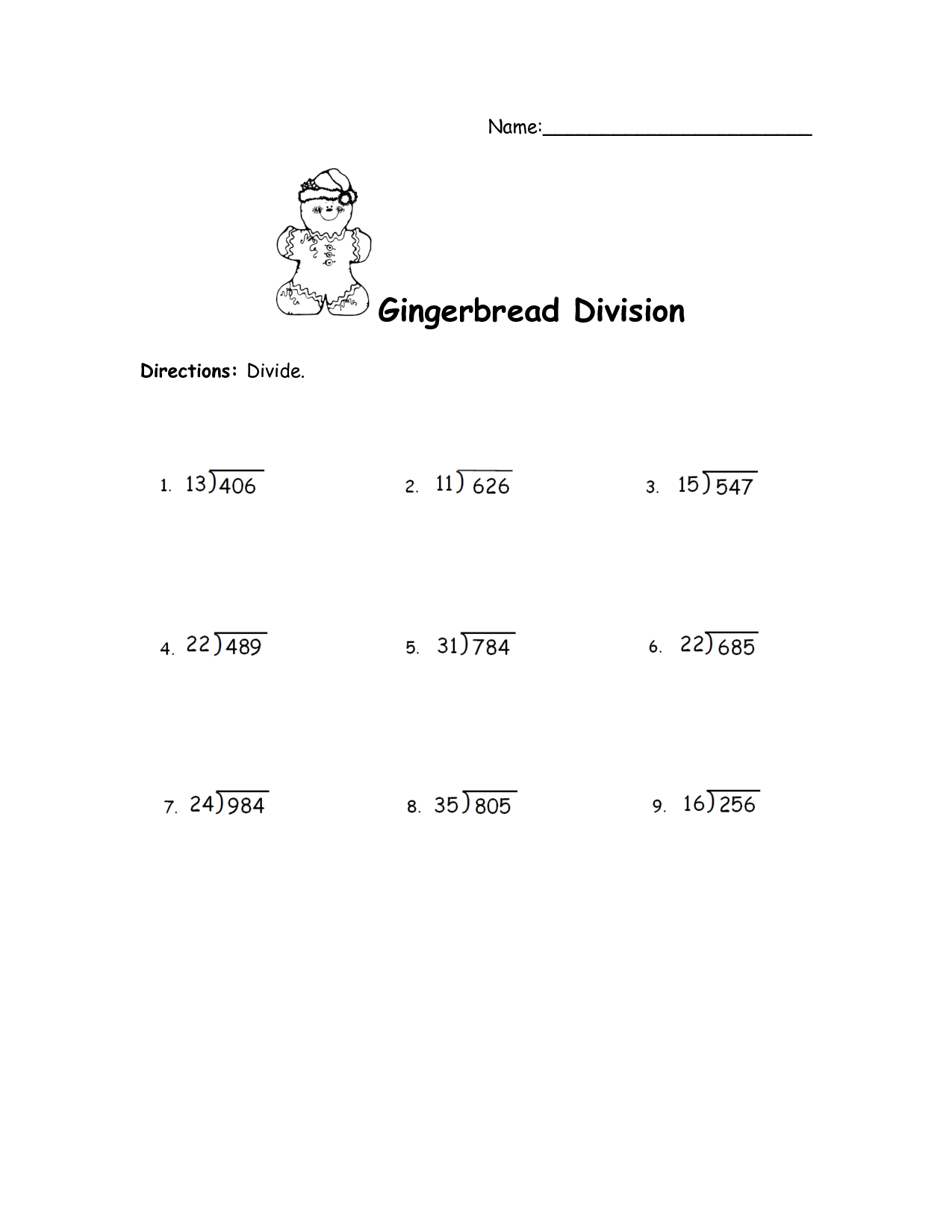
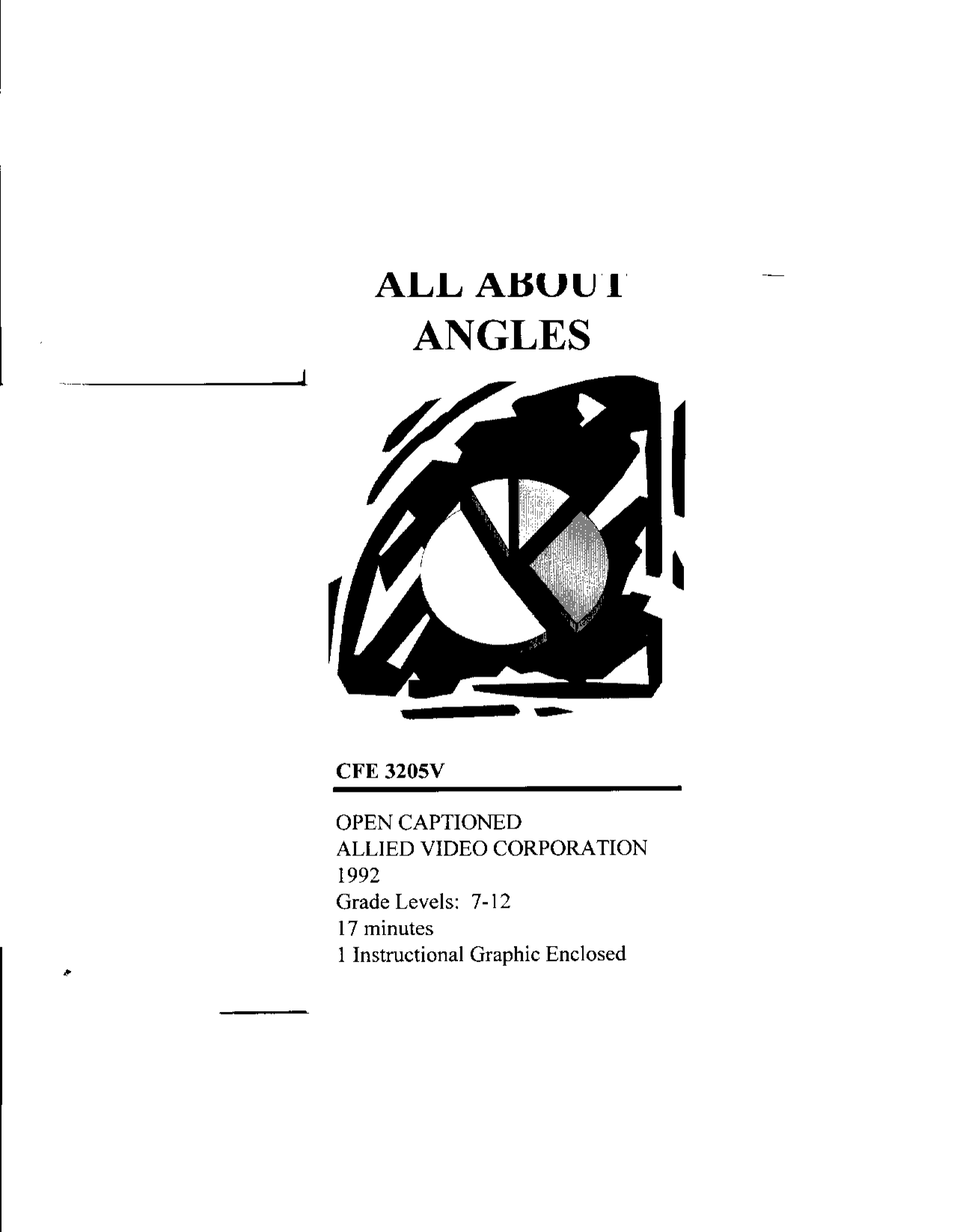
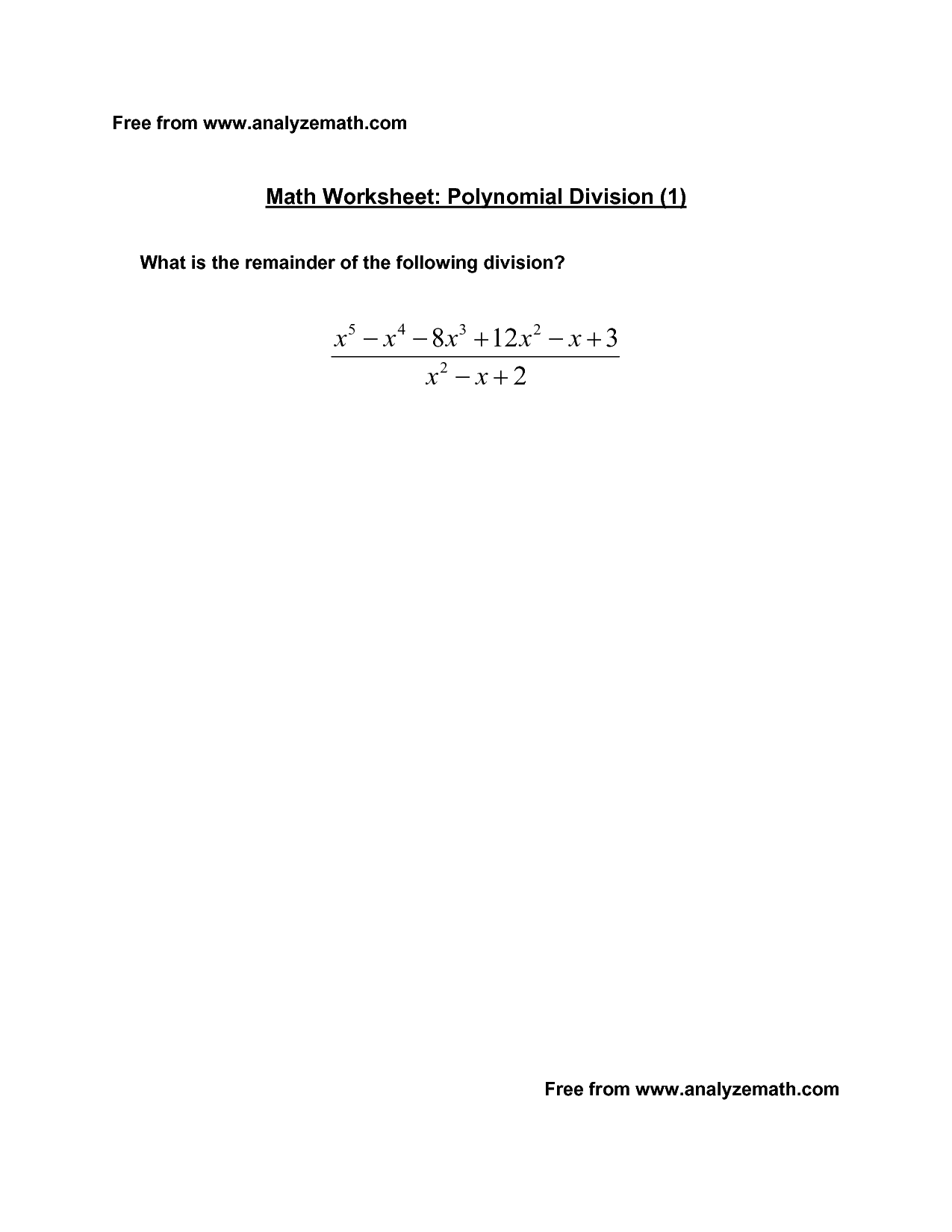
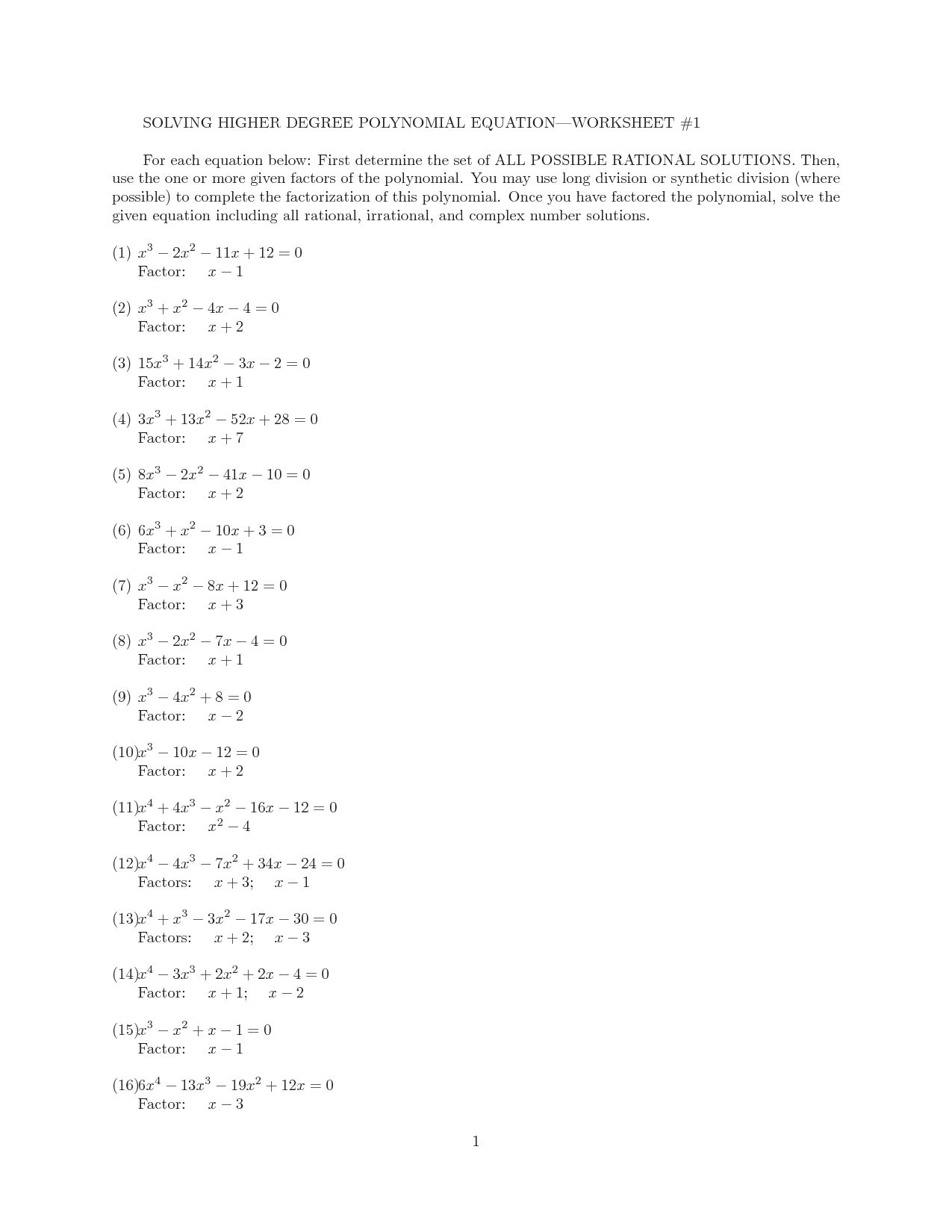
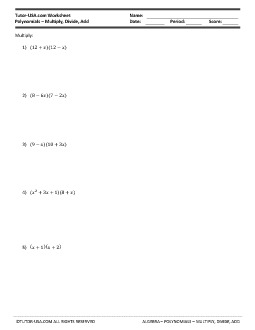














Comments